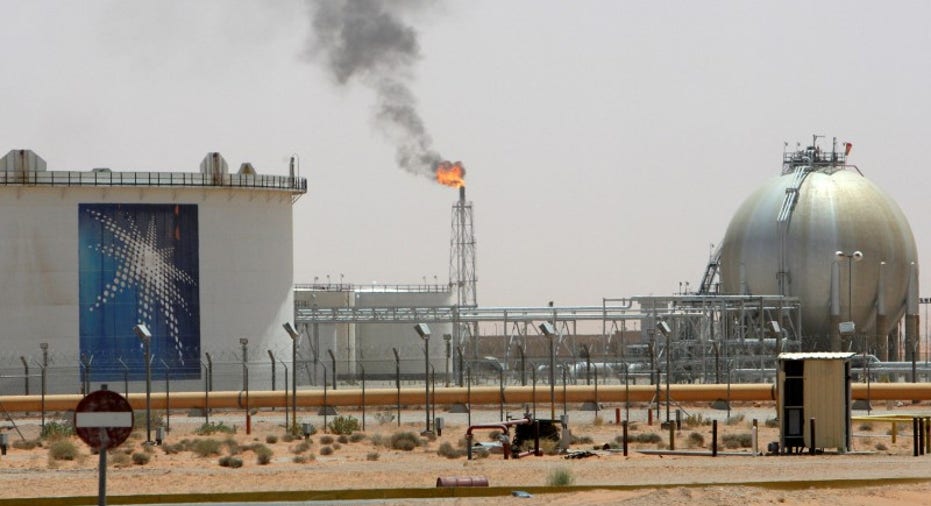OPEC Pumped at Record High as Cartel Reached Agreement to Curb Output

OPEC pumped at record levels in November, a top energy watchdog said Tuesday, posing a challenge to the cartel’s plans to slash oil output to supportprices.
The International Energy Agency also said oil markets could fall into a deficit in the first half of next year if the Organization of the Petroleum Exporting Countries and its allies acted on theirpledge to reduce supplies.
OPEC agreed Nov. 30 to cut outputby 1.2 million barrels a day starting in January, a decision followed by a deal by other producerssuch as Russia to reduce their supplies by 558,000 barrels a day, at the very moment that many countries were pumping full out.
As “OPEC was deciding to cut production, its crude output in November was 34.2 million barrels a day, a record high, and 300,000 barrels a day higher than in October,” the IEA said in its closely watched monthly report. The agency advises major industrialized nations on their energy policies.
The increase was partly driven by the group’s kingpin Saudi Arabia, which pumped at a record 10.63 million barrels a day in November, up 70,000 barrels a day from the previous month.
OPEC would now have to cut 1.7 million barrels a day to reach its ceiling of 32.5 million barrels a day, much more than the 1.2 million barrels a day initially envisioned. Saudi Arabia would also have to reduce its output by 572,000 barrels a day instead of 486,000 barrels a day.
Among the other countries producing more oil, Angola increased output by 160,000 barrels a day to 1.67 million barrels a day following the return of a shut oil field. Libya added 70,000 barrels a day to 580,000 barrels a day after blocked oil ports reopened.
As a result, global oil supplies in November edged up to a record high 98.2 million barrels a day, as a drop in non-OPEC output was more than offset by higher OPEC production, the Paris-based agency said.
Despite pledges to cut production by non-OPEC countries such as Russia by 558,000 barrels a day, the IEA downgraded its supply growth forecast for producers outside the cartel by only 255,000 barrels a day next year. The revision to growth of 220,000 barrels a day for non-OPEC will also come in part from a greater-than-expected decline in output in China. Oil output in the country, not a participant in the output cuts, is now forecast to fall by 240,000 barrels a day next year after a decline of 335,000 barrels a day this year.
The IEA said that if “OPEC and its non-OPEC partners stick to their pledges, global inventories could start to draw in the first half of 2017.”
Already, commercial inventories in industrialized countries fell in October for the third month in a row, it said. They have drawn 75 million since reaching a historical high in July, but remain 300 million above the five-year average.
Global oil demand growth is also better than expected and rose by 1.4 million barrels a day in 2016, 120,000 barrels a day above the IEA’s previous forecast, largely due to robust U.S. demand. Robust third-quarter demand in the U.S. and methodological changes for China were the main factors. The agency also upgraded its global oil demand growth forecast by 110,000 barrels a day in 2017 to 1.3 million barrels a day.